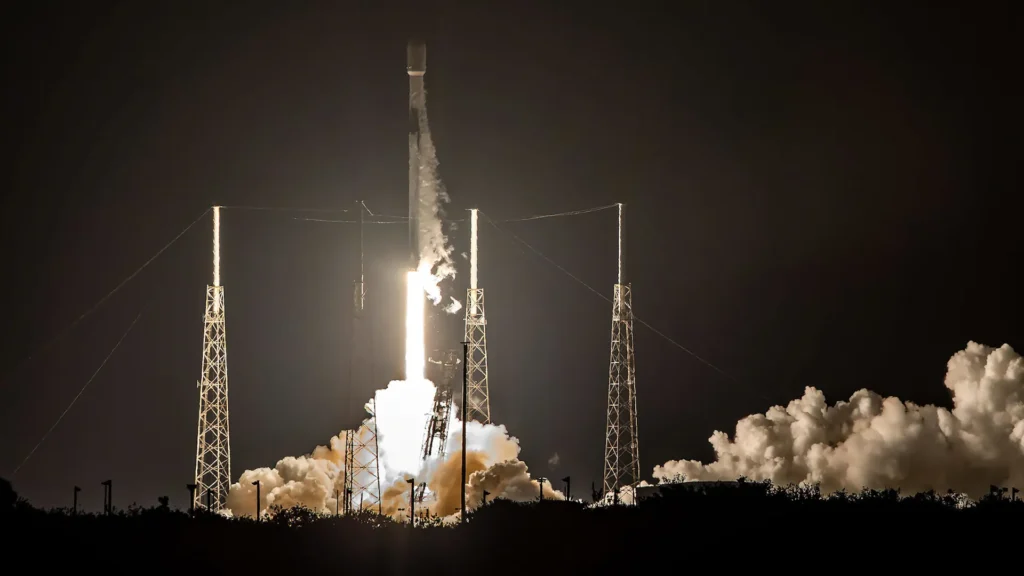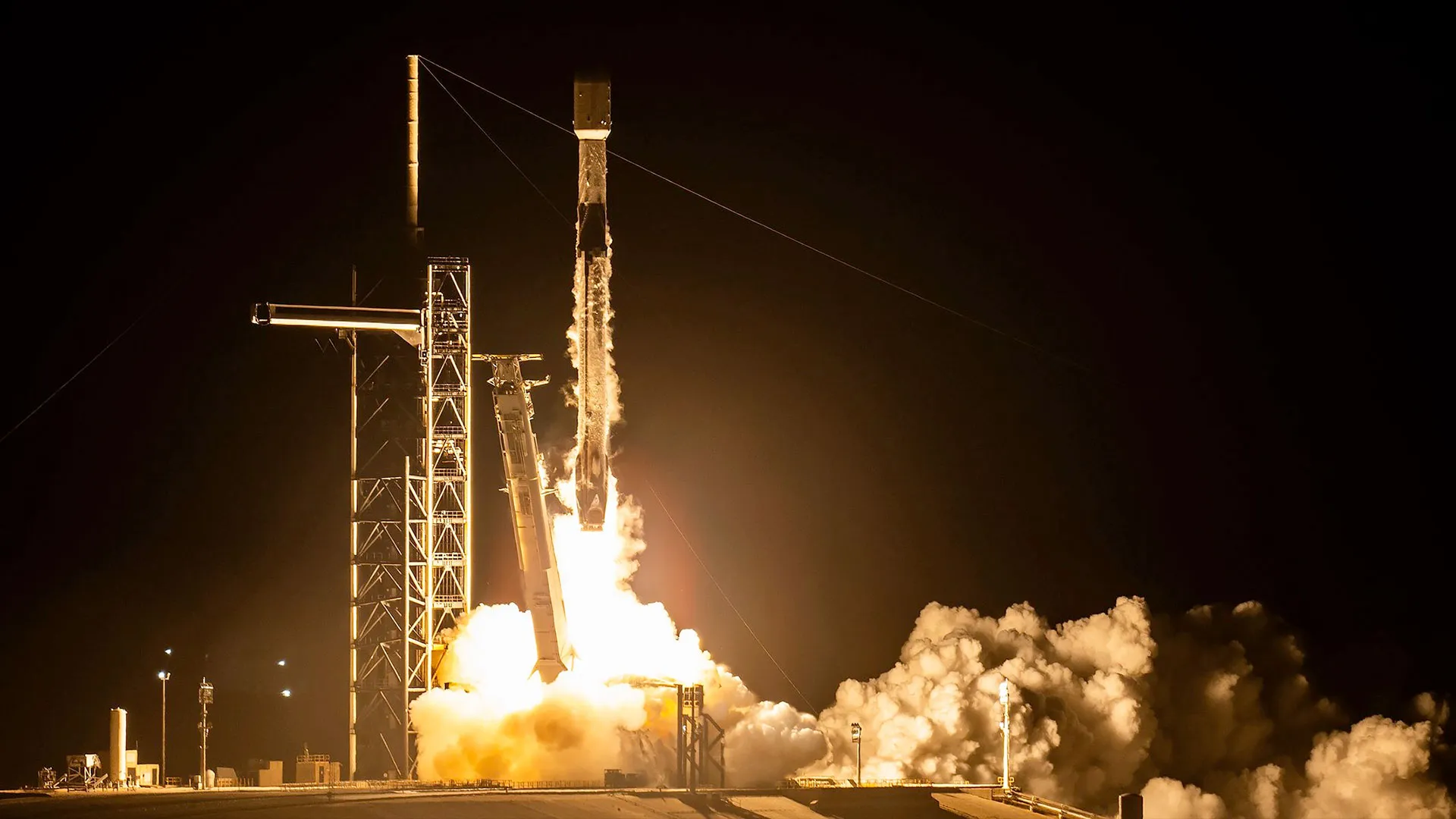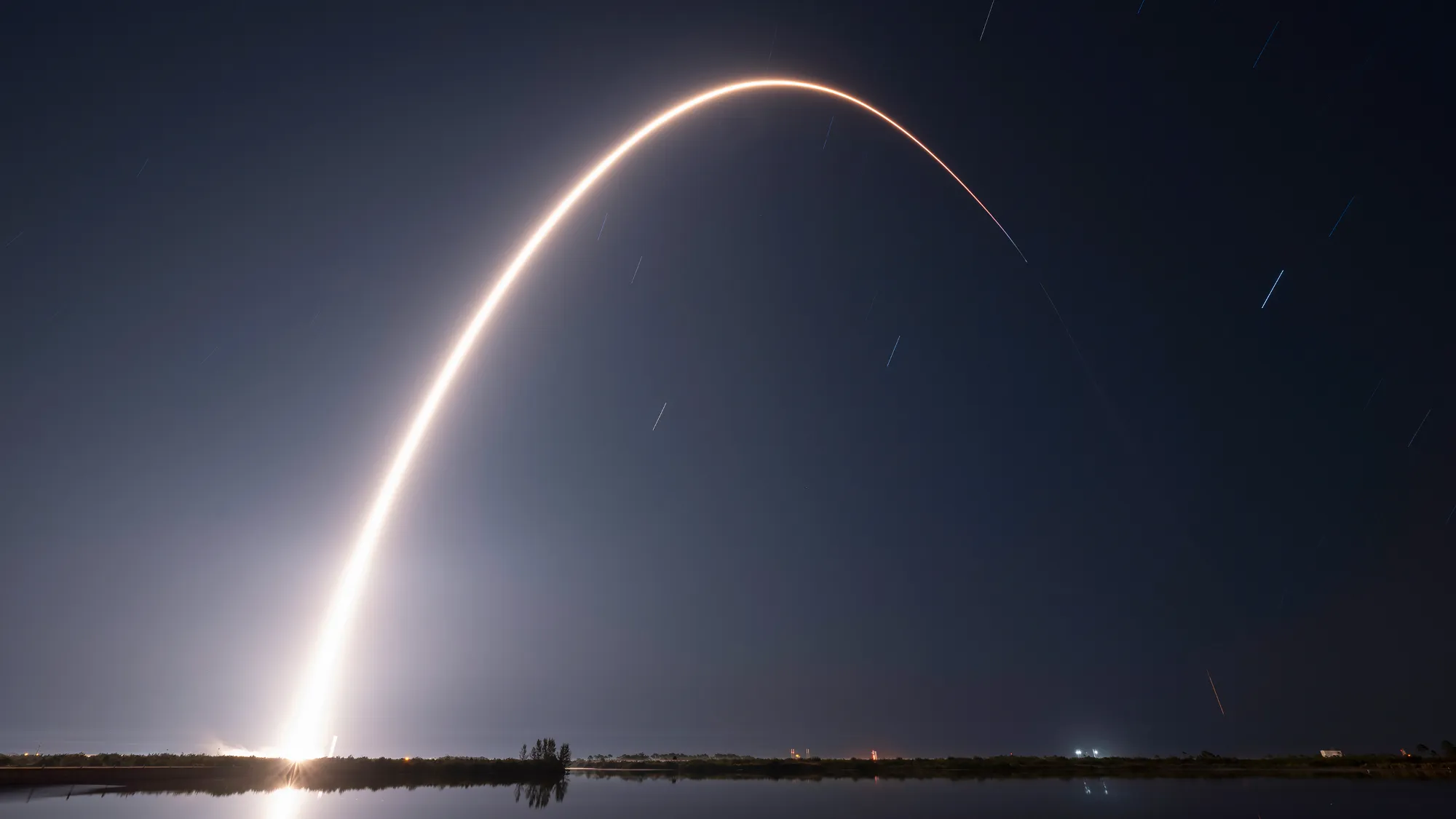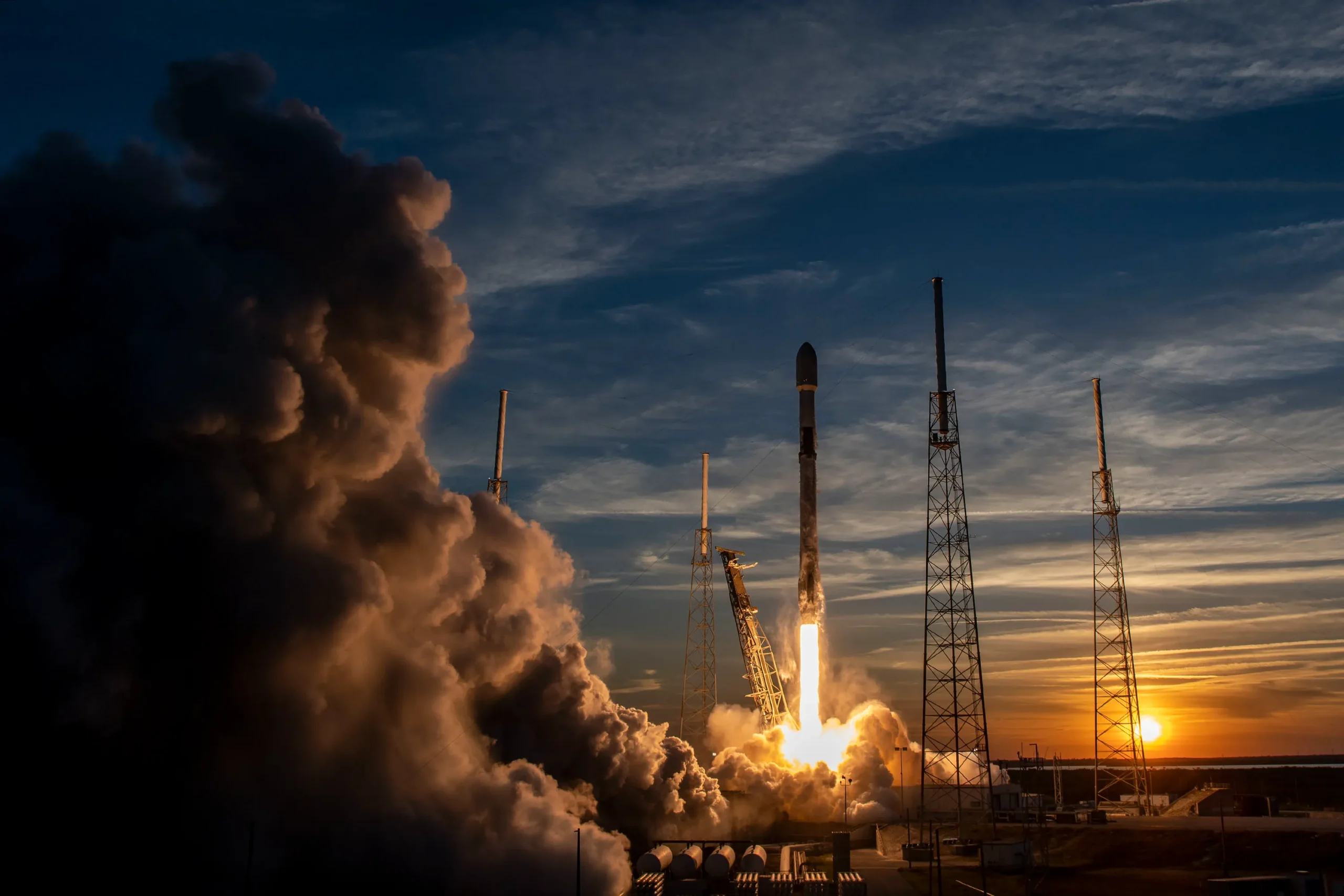
In a stunning display of technology and resilience, SpaceX has successfully launched 21 Starlink satellites aboard the reliable Falcon 9 rocket from NASA’s Kennedy Space Center in Florida. The event, which took place at 12:24 a.m. EST on January 21, marks a significant stride forward in SpaceX’s quest to expand global internet coverage through its ambitious Starlink project.
The recent launch comes just five days after SpaceX faced a setback with the explosion of its Starship megarocket during a test flight. Despite this, the company promptly returned to launch operations, demonstrating its commitment to its satellite internet venture and its capacity for rapid recovery.

As the clock struck just past midnight, the Falcon 9 rocket blazed a trail into the night sky, its first stage executing a flawless return to Earth approximately eight minutes later. The booster made a pinpoint landing on the drone ship “A Shortfall of Gravitas” positioned in the Atlantic Ocean, highlighting the rocket’s reliability and reusability—an essential feature of SpaceX’s cost-effective spaceflight operations.
This particular Falcon 9 booster has been a workhorse for SpaceX, with this mission marking its eighth launch and landing. Impressively, four of these missions have involved ferrying Starlink satellites, underscoring the booster’s role in SpaceX’s broader strategy to enhance broadband accessibility worldwide.
Enhancing Global Connectivity with Starlink
Following its ascent and stage separation, the Falcon 9’s upper stage continued its journey, deploying the 21 Starlink satellites into low Earth orbit about 65 minutes after liftoff. These satellites join a growing network that aims to deliver high-speed internet to underserved areas across the globe, a testament to SpaceX’s vision of a more connected world.

The deployment of these satellites is part of a larger constellation that now boasts thousands of satellites orbiting the Earth, providing internet service to over 40 countries. This growing network not only promises to revolutionize global internet coverage but also offers significant opportunities for advancements in telemedicine, distance learning, and more, particularly in remote areas where traditional connectivity methods fall short.
Looking Forward
This mission underscores a busy start to the year for SpaceX, marking its ninth Falcon 9 mission and tenth overall launch of 2025. The pace reflects the company’s ongoing dedication to innovation and its aggressive schedule for satellite deployment.

Despite the recent hiccup with the Starship test flight, where the upper stage suffered a propellant leak and subsequent explosion, SpaceX’s resolve remains unshaken. The company continues to push forward with its Starship program, which is integral to its plans for lunar and Mars missions, alongside its commercial satellite launches.
